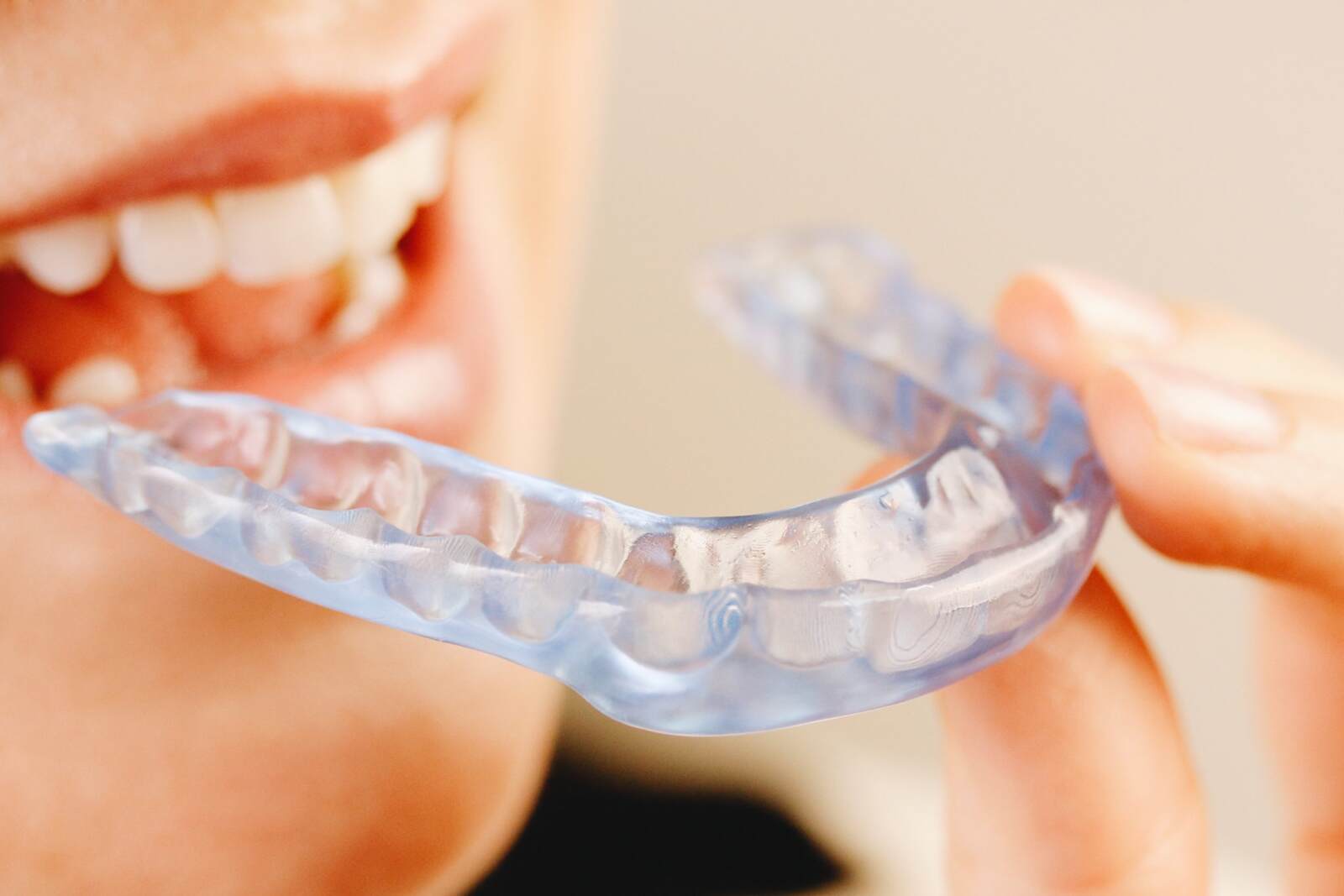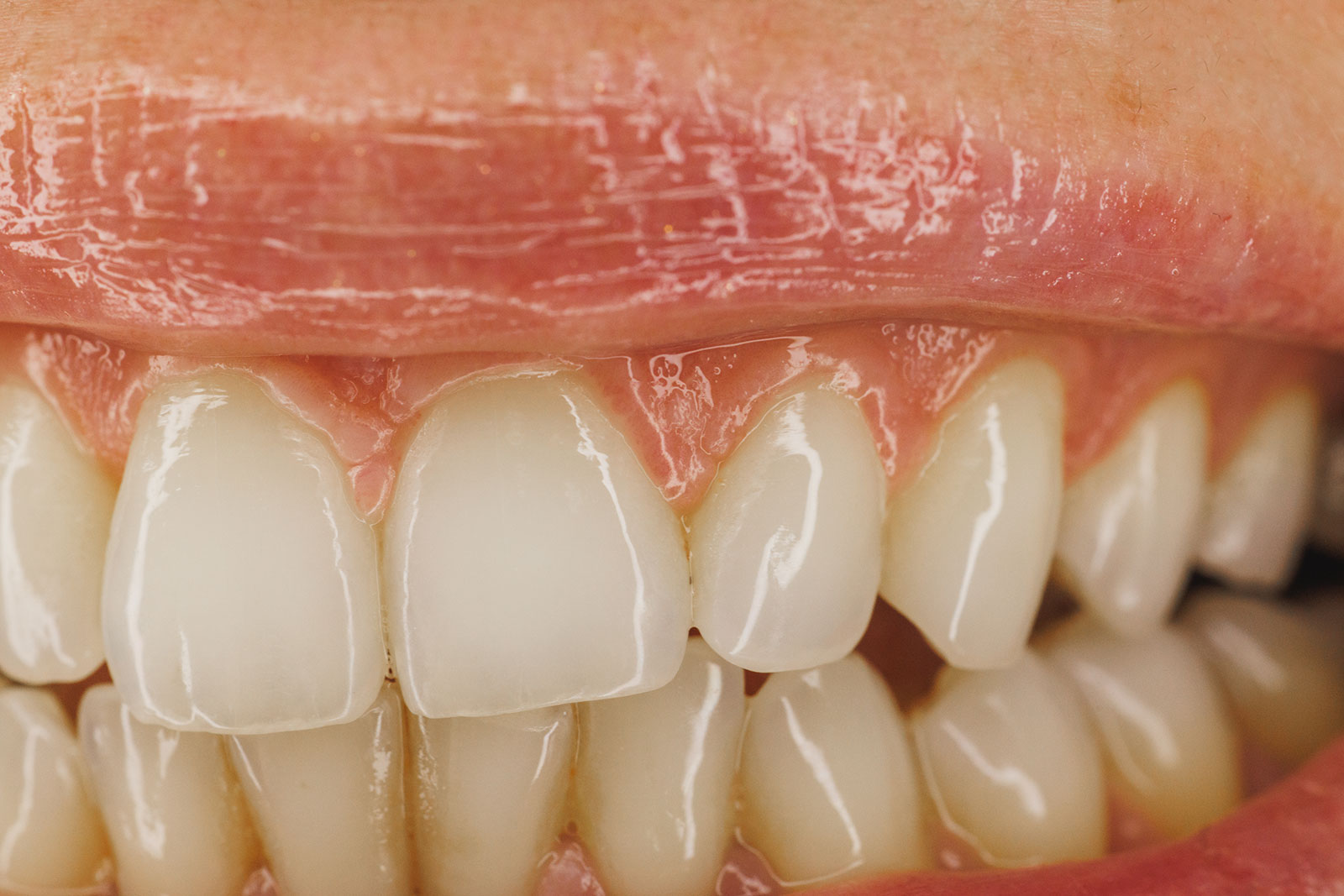A filling is the most common solution for treating caries (also referred to as dental cavities), as it offers a reasonably quick way of resolving one of the most frequent dental problems. It is estimated that more than 80% of the global population, including both children and adults, will suffer from caries at some point in their lives.
Caries involves the gradual destruction of the tissues that form part of the tooth. Although there can be many causes, generally speaking there are two factors that facilitate the development of caries: excessive consumption of food that contains sugar and acids, and poor oral hygiene. If these two factors are combined, it is very likely that the teeth’s defenses will gradually weaken and caries will begin to appear.
How is it treated?
There are four distinct stages for any procedure involving a filling.
- Anesthetize the area. To ensure the patient’s wellbeing, the dentist will use a local anesthetic to numb the area where the filling will be inserted. This is especially necessary if the caries is deep and located very near to the dentine, which is the deepest part of the tooth and is in direct contact with the nerve endings.
- Remove the tissue affected by the caries. This stage consists of the extraction of the caries itself, while making sure the surrounding area is completely free of decay.
- Fill the affected area. Once all traces of the caries have been removed, the cavity needs to be filled with a material that is almost as durable as the tooth itself. To do this, we use a composite material that hardens in just a few seconds after exposure to a special light.
- Polish the area. Once the filling has hardened, we are left with a rough surface that needs to be polished and adjusted to match the height of the original tooth. To achieve this, we perform a bite test in order to make sure the surface of the tooth is neither too low nor too high compared to its original height; otherwise, the patient may experience discomfort.
We should bear in mind that a filling is an intermediate yet extremely necessary corrective measure. If the caries were allowed to spread throughout the tooth and reach the nerve, we would need to perform a more complex procedure known as an endodontic treatment (also referred to as root canal treatment). This consists of removing all of the diseased tissue within the tooth and replacing it with a biocompatible material. In less technical terms, this procedure is also referred to as “killing the nerve”.
At the start of this post, we asked the following question: what should I do if a filling falls out? First, we should point out that fillings are a very safe and reliable solution, with a very high level of durability: it has been estimated that the life of the composite material can be as much as 10 years. However, over time, the pressure exerted while chewing and the consumption of certain types of food may cause a filling to age faster, or even to fall out.
If you have a filling fall out, the dental tissue may be exposed for an extended period, which could cause discomfort when chewing or sensitivity to hot or cold temperatures. In such cases, we highly recommend that you visit the dentist in order to resolve the problem, and especially so that the dentist can determine whether the problem is caused by a caries that has developed beneath the filling and has modified the structure of the tooth.
At Oris Dental Clinic, located in the heart of the neighborhood of Les Corts in Barcelona, you’ll receive personalized attention if you have a filling fall out. Your dental wellbeing is our priority.
Artículos relacionados
Comprehensive oral health, Restorative dentistry
Aesthetic dentistry, Comprehensive oral health






